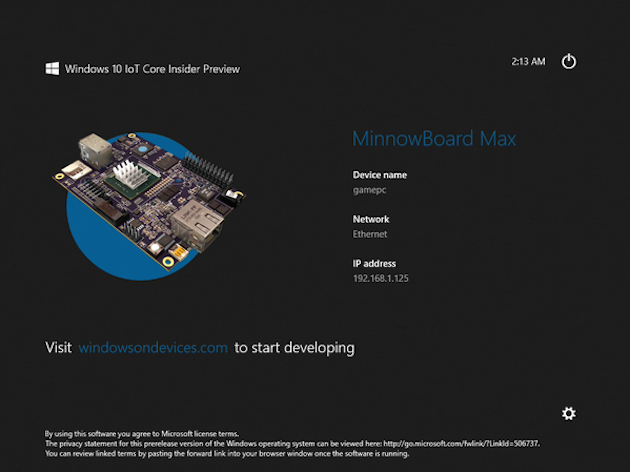Tag: Raspberry
-
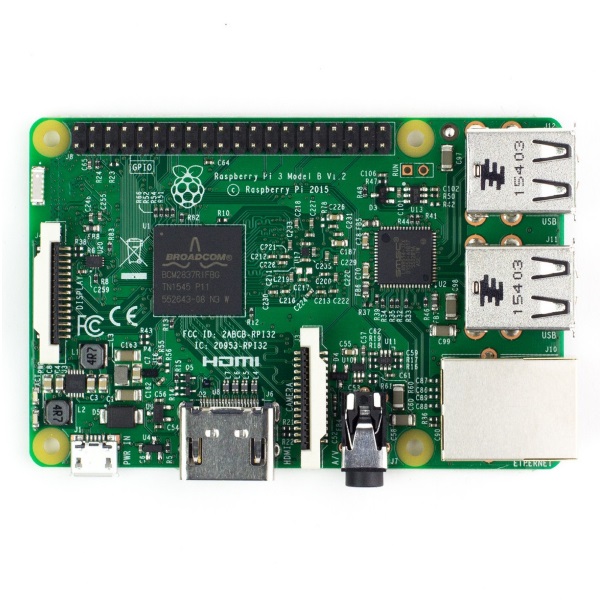
Raspberry PI 3 is here
Raspberry Pi 3 Model B Quad Core 1.2GHz 64bit CPU 1GB RAM WiFi & Bluetooth 4.0 Built on the latest Broadcom 2837 ARMv8 64bit processor, the new generation Raspberry Pi 3 Model B is faster and stronger than its predecessors. With built-in wireless and Bluetooth connectivity, it becomes the ideal IoT-ready solution. FEATURES: 1.2GHz QUAD…
-

How to Build Open-Elec Kodi Media Center based on Raspberry Pi
The following guide is a very suggested configuration for Open-Elec based on Raspberry pi Media Center: Buy the following item: Wifi Adapter: Tenda W311MI Tenda W311M Realtek SD Card (Use maximum 16GB) USB Power Adapter Case 1 Case 2 Raspberry Pi Board (Quad Code 1GB ram) 1 Raspberry Pi Board (Quad Code 1GB ram) 2 Read The following Guide about…
-

Raspberry Verified Peripherals
SDCard Use maximum 16GB of SDCard cause raspberry PI doesn’t support above it. WIFI Wifi Adapters – http://elinux.org/RPi_USB_Wi-Fi_Adapters Top 5 wifi adapters for Raspberry – http://www.htpcbeginner.com/raspberry-pi-wifi-adapters-xbmc-kodi/ https://thepihut.com/collections/raspberry-pi-wifi Hardware Verified Peripherals: http://elinux.org/RPi_VerifiedPeripherals Remote Control CEC – Consumer Electronics Control: http://kodi.wiki/view/CEC http://bit.ly/20WGl3l
-
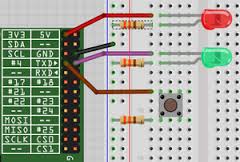
WiringPi – GPIO Library
WiringPi is a GPIO access library written in C for the BCM2835 used in the Raspberry Pi. It’s released under the GNU LGPLv3 license and is usable from C and C++ and many other languages with suitable wrappers (See below) It’s designed to be familiar to people who have used the Arduino “wiring” system1 Read more…
-

installing OpenCV 3.0 on raspberry pi b+
installing OpenCV 3.0 on raspberry pi b+ http://raspberrypi.stackexchange.com/questions/27232/installing-opencv-3-0-on-raspberry-pi-b qt-opencv-multithreaded A simple multithreaded OpenCV example application using the Qt framework. https://code.google.com/p/qt-opencv-multithreaded/
-
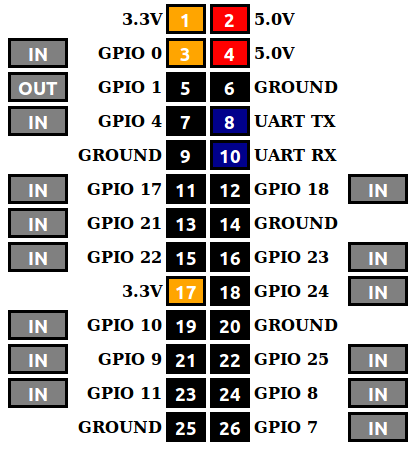
WebIOPi – Internet of Things framework
Control, debug, and use your Pi’s GPIO, sensors and converters from a web browser or any app WebIOPi is the perfect Swiss-knife to make connected things Developed and provided by Eric PTAK (trouch) Runs on Raspberry Pi Tutorials WebIOPi Community Forum Developer’s Blog (Eric/trouch) Links: Google Code: https://code.google.com/p/webiopi/ Blog: http://trouch.com/ Video of WebIOPi: https://www.youtube.com/watch?v=0i2C3Qagosc&feature=youtu.be
-
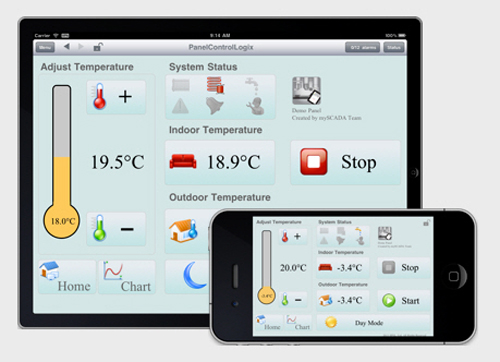
MyScada – supervisory control and data acquisition
SCADA (supervisory control and data acquisition) is a system operating with coded signals over communication channels so as to provide control of remote equipment (using typically one communication channel per remote station). The control system may be combined with a data acquisition system by adding the use of coded signals over communication channels to acquire…
-

Scratch GPIO – Raspberry – First Steps
At this post here, a demo of how to blink a Led with scratch on Raspberry will be explained. Although this post is for beginners, it is suggested to have a previous experience with programming in general and programming by python and Scratch in specific. Learn Scratch Learn Python – Code Academy Step 01 –…
-
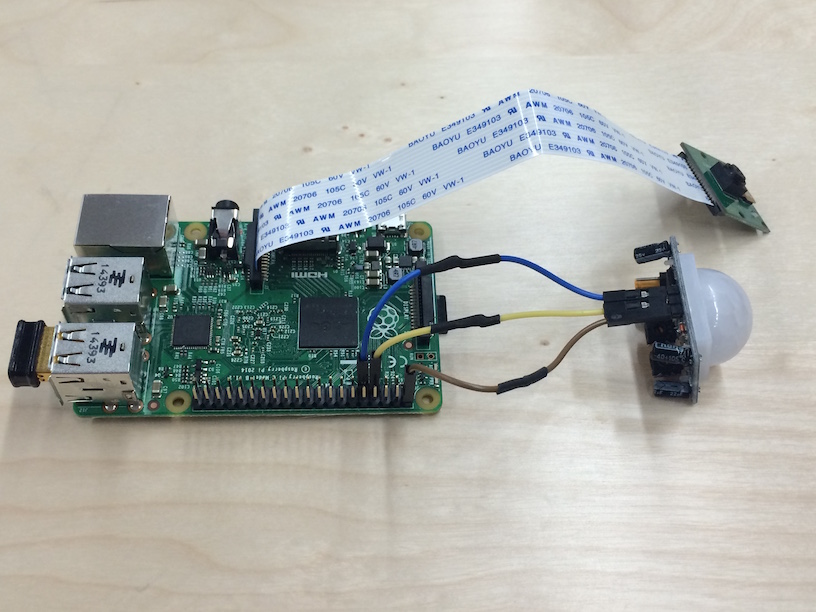
List of projects – Raspberry – Arduino
Robots related projects Navigation and Obstacles Avoidance The RR.O.P. – RaspRobot OpenCV Project Car Lab Obstacle detection using OpenCV Code on GitHub Autonomous bottle recycling robot Tracking and Recognition Basic motion detection and tracking with Python and OpenCV Raspberry Pi and the Camera Pi module: face recognition tutorial Tutorial: Using CamShift to Track Objects in…
-

OpenCV – Open Source Computer Vision
OpenCV (Open Source Computer Vision) is a library of programming functions mainly aimed at real-time computer vision, originally developed by Intel research center in Nizhny Novgorod (Russia), later supported byWillow Garage and now maintained by Itseez.[1] The library is cross-platform and free for use under the open-source BSD license (From Wikipedia – OpenCV). http://opencv.org/ OpenCV is…
-
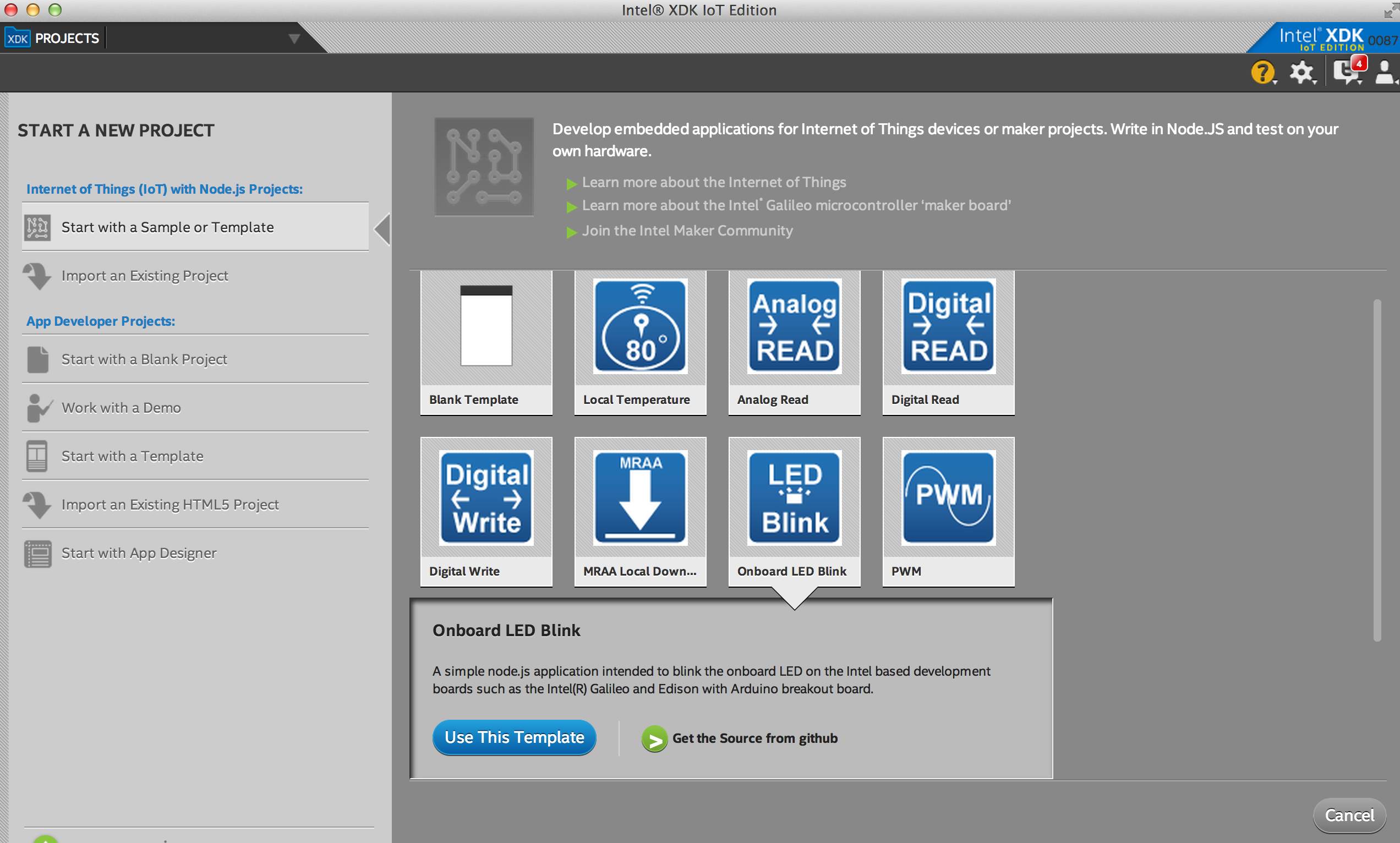
Top Single Board computers (SBC) Developing Environments (IDE)
1. Fritzing http://wp.flash-jet.com/2015/06/20/fritzing-an-open-source-hardware-initiative/ 2. Wiring http://wp.flash-jet.com/2015/06/19/wiring-an-open-source-programming-framework-for-microcontrollers/ 3. Wyliodrin http://wp.flash-jet.com/2015/06/27/wyliodrin-great-ide-for-raspberry-arduino-and-more-sbc/
-
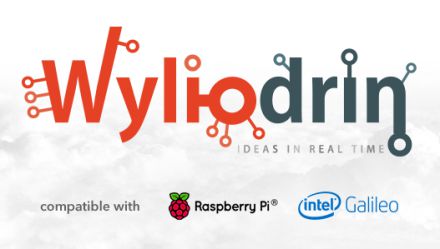
Wyliodrin – Great IDE for Raspberry, Arduino and more SBC
Program using a browser You can program your embedded devices using a browser on any computer. Usually programming embedded devices requires installing specific software. Using Wyliodrin makes it easier. All you need is a computer, a browser and an Internet connection. Sign up on Wyliodrin and start programming your boards. You can even use a…
-

Windows 10 – The Internet of your things
The Internet of Things (IoT) brings together devices, sensors, cloud, data and your imagination. Build what matters most to you. Rapidly prototype and build your Windows IoT solutions on a variety of devices running Windows 10 IoT Core. Windows 10 gives you powerful tools that let you develop fast and deploy to your device. https://dev.windows.com/en-us/iot…
-

Scratch – Learn to…
Download Scratch from here. Practice Video lessons here. Home page here. Wiki here. Wiki that explains on plugins here. Scratch GPiO here. Video resources: https://www.youtube.com/watch?v=6DqqiHpltSg Links Hebrew guide
-
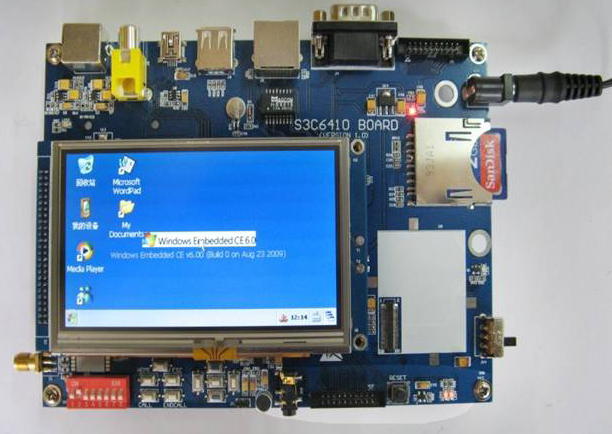
Raspberry Pi stays high in SBC Survey
Important statistics about SBC and Raspberry 1. Favorite among other SBCs: (Click on the picture to enlarge) 2. Top 10 SBC: Raspberry Pi 2 Model B (#1) Beaglebone Black (#2) Raspberry Pi Model B+ (#3) Odroid-C1 (#4) DragonBoard 410c (#5) Odroid-XU3 (#6) Parallella (#7) Arduino TRE (#8) Edison Kit for Arduino (#9) Odroid-U3 (#10) 3.…
-

What’s Orange Pi Plus?
It’s an open-source single-board computer. It can run Android 4.4 , Ubuntu, Debian, Rasberry Pi Image, it uses the AllWinner H3 SoC, and has 1GB DDR3 SDRAM http://www.orangepi.org/ What can I do with Orange Pi Plus? Build… A computer A wireless server Games Music and sounds HD video A speaker Android Scratch Pretty much anything…
-

Banana Pi – A Highend Single-Board Computer
Banana Pi What is Banana Pi? http://www.bananapi.org/p/product.html Banana Pi is a single-board computer. Banana Pi targets to be a cheap, small and flexible enough computer for daily life. Built with ARM Cortex-A7 Dual-core CPU and Mali400MP2 GPU, and open source software, Banana Pi can serve as a platform to make lots of applications for different…
-

Media Center – Raspberry PI – Kodi – XBMC
1. Download Image of openElec for Raspberry Note: You need to follow the steps below by the following order exactly http://openelec.tv/get-openelec then goto paragraph of “RaspberryPi Builds” and download DISKIMAGE file. 2. Open the compressed file from #1 3. Install the compressed file from #1 on SDCard as follows a. Download: http://sourceforge.net/projects/win32diskimager/ b. Install win32diskimager. c. Run C:Program…
